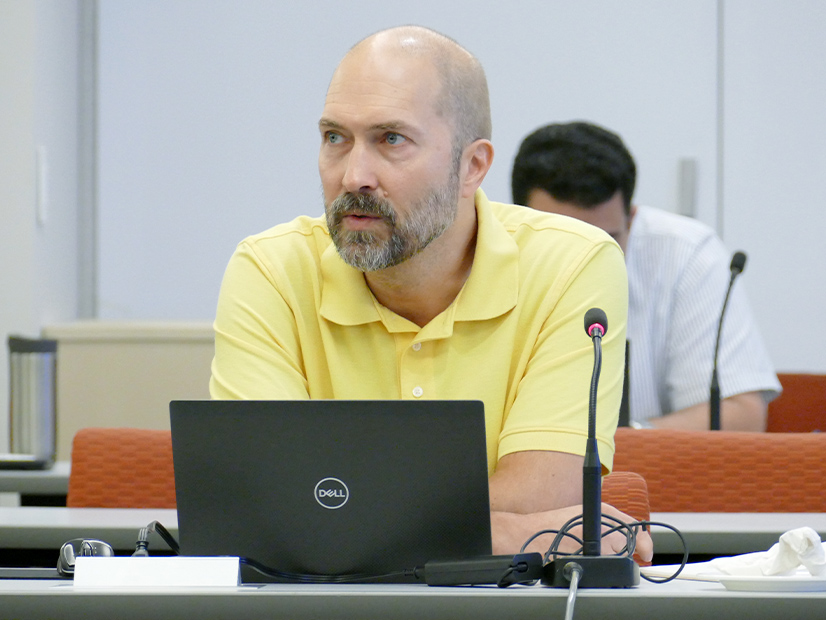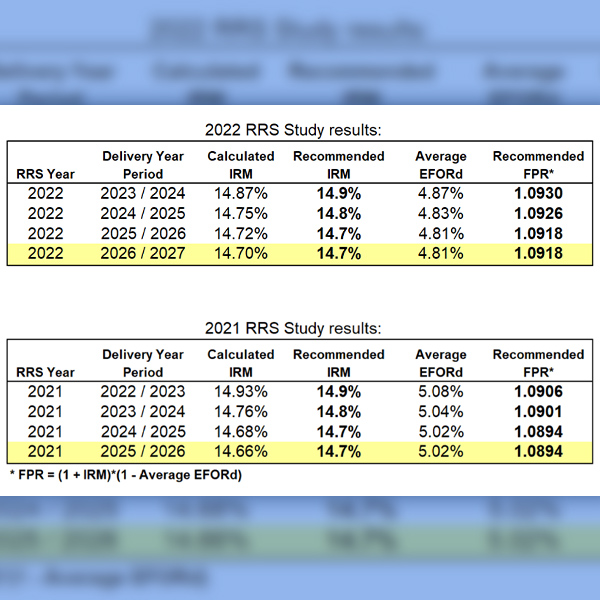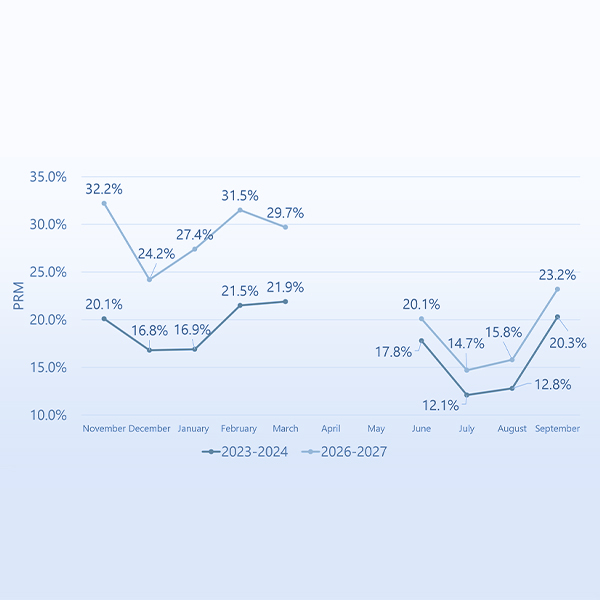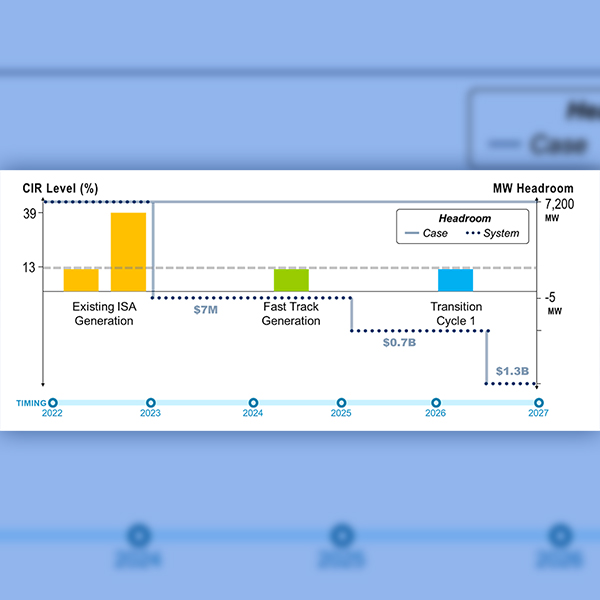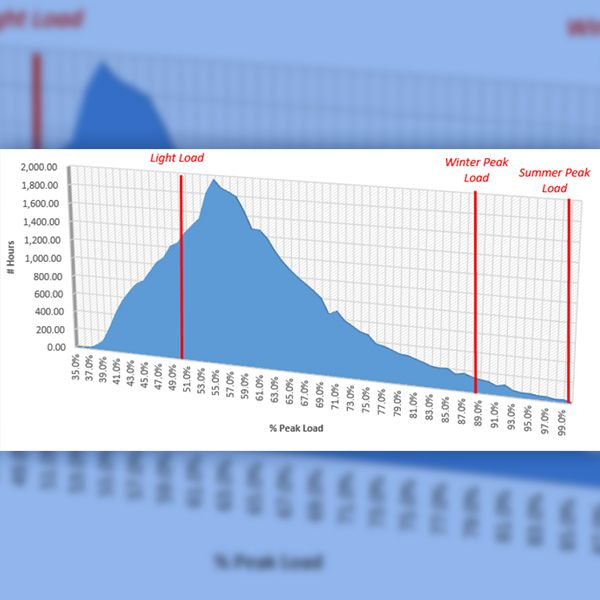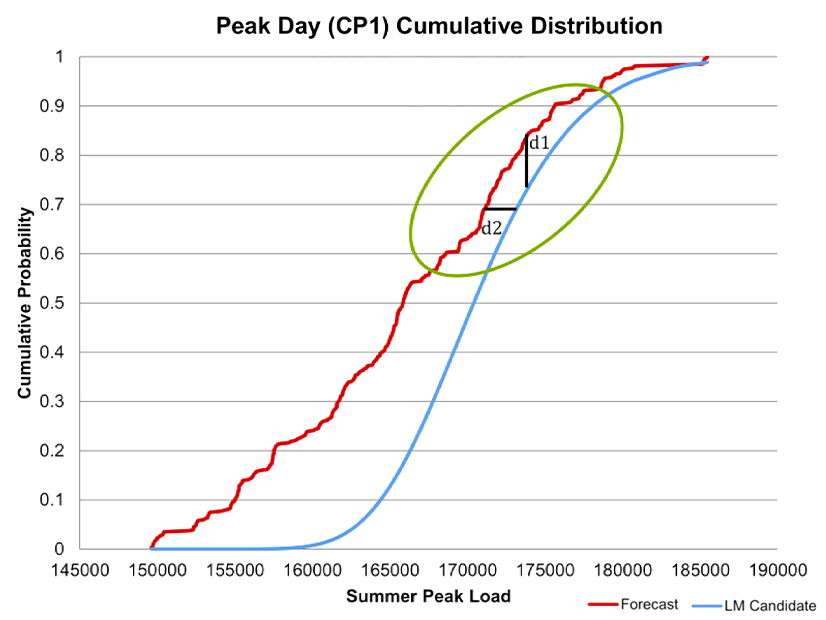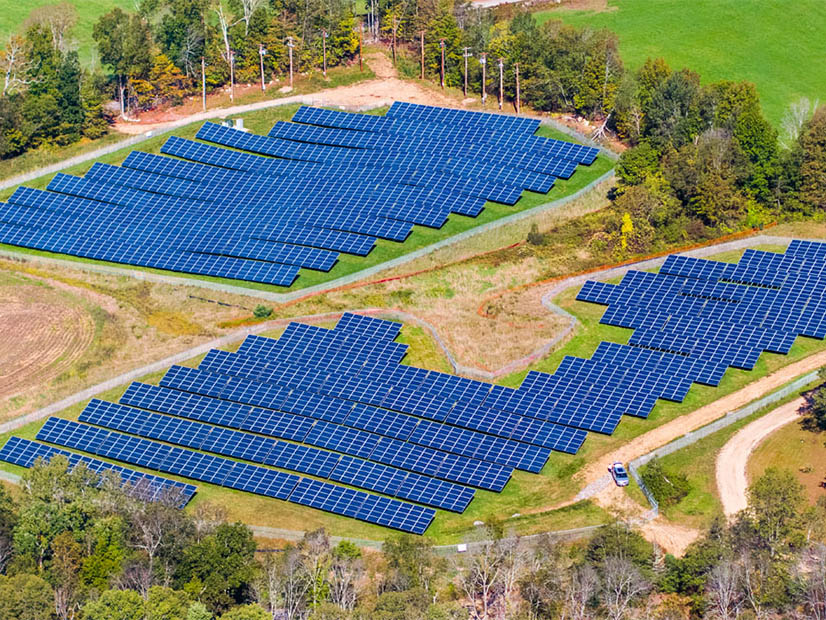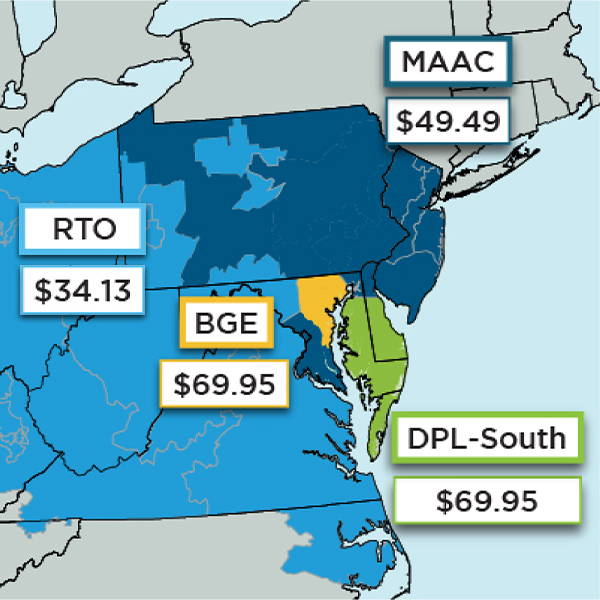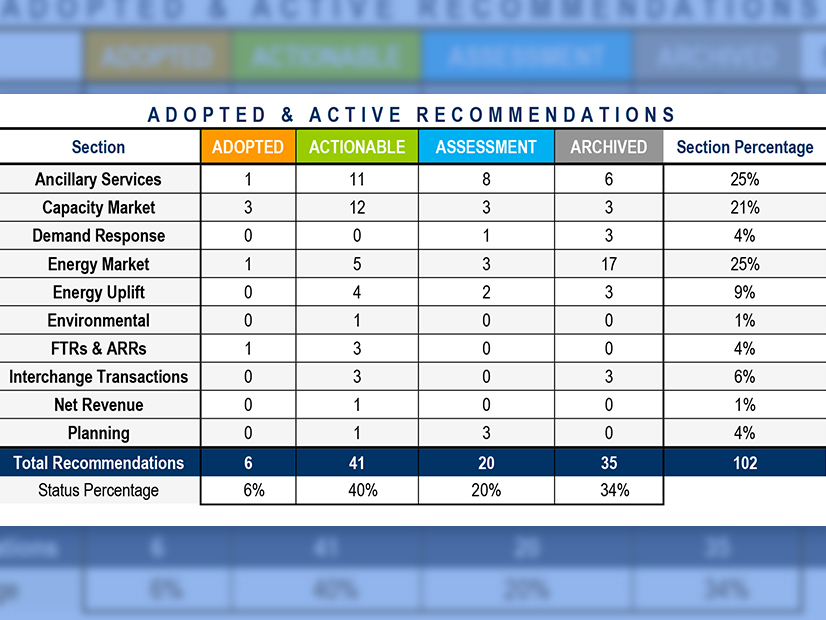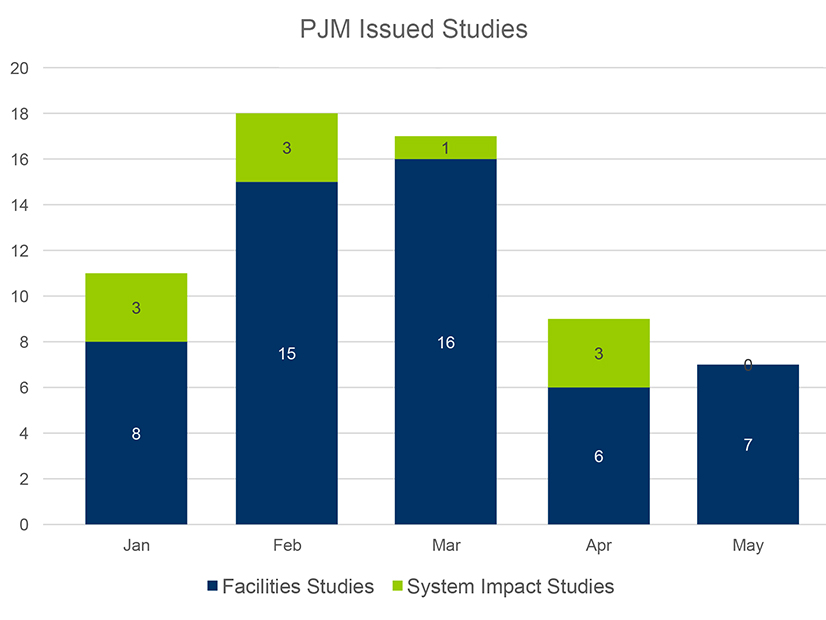effective load-carrying capability (ELCC)
The PJM Planning Committee continued fine-tuning the five remaining packages for assigning capacity interconnection rights to ELCC resources.
The PJM Planning Committee voted by acclamation to endorse the results of the 2022 Reserve Requirement Study.
WPP's Western Resource Adequacy Program issued its first findings, a broad survey of capacity and needs across much of the Western Interconnection.
A long-simmering dispute over PJM’s capacity accreditation of renewables is threatening to boil over, with some stakeholders calling for FERC intervention.
Stakeholders urged PJM to delay action on generation deliverability testing until rules on capacity interconnection rights for ELCC resources are complete.
A debate over PJM's proposed load model, and discussions of generator deliverability testing and FERC NOPRs highlighted the Planning Committee meeting.
AEE and LS Power urged ISO-NE to consider a broader range of possible approaches to capacity accreditation.
Capacity prices dropped by one-third to almost one-half in PJM’s auction for 2023/24, likely depressed by the end of the MOPR and a tougher price cap.
PJM responded to its Market Monitor’s latest recommendations, noting that many of the issues are in the scope of current stakeholder discussions.
PJM's stakeholders discussed reserve requirements, a new committee on interconnection processes, DOE's Transmission Facilitation Program and OSW transmission.
Want more? Advanced Search
